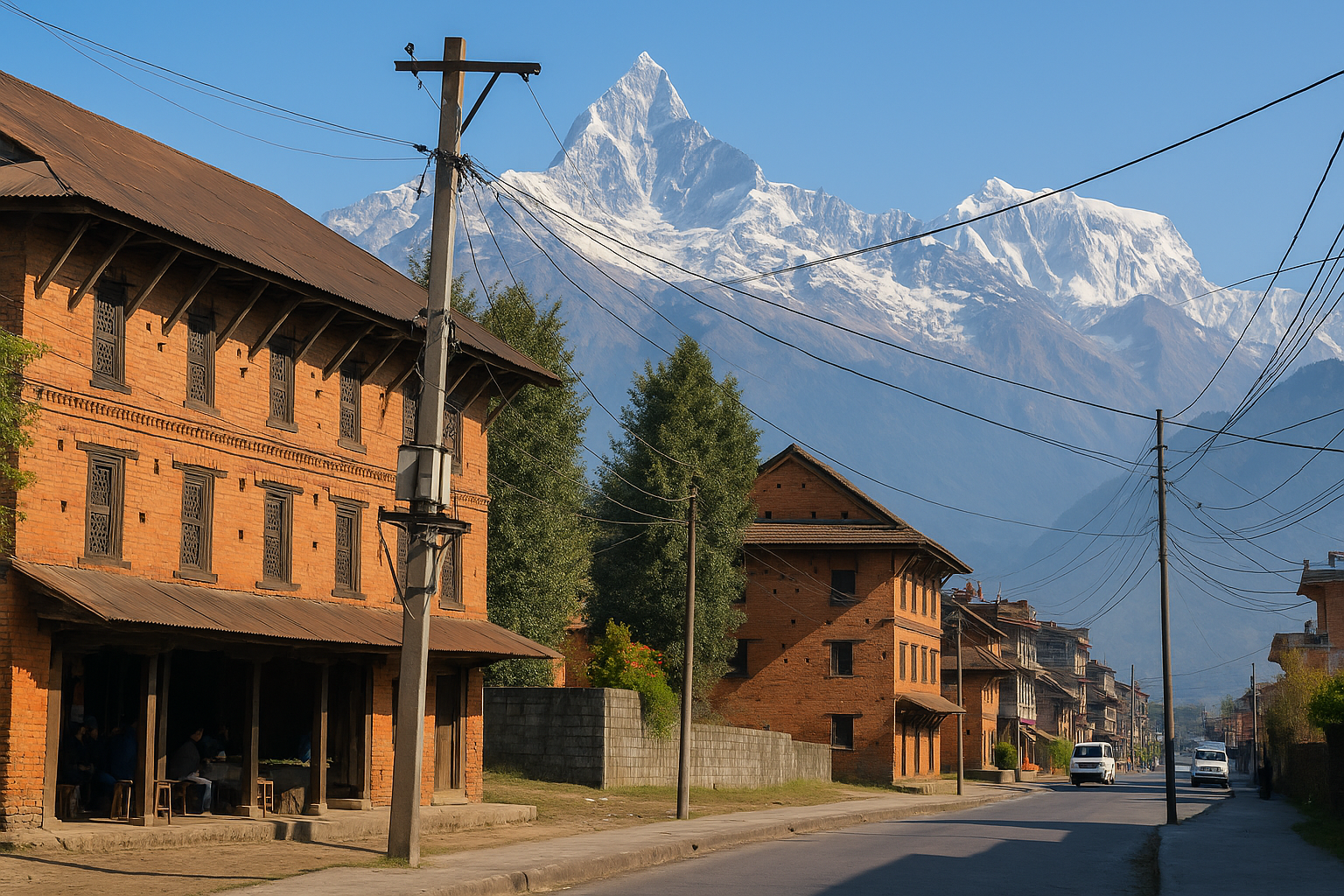“Before the glitz of Lakeside, there was the grace of Old Pokhara.”
Tucked away just a few kilometers from Pokhara’s bustling modern districts lies a hidden gem—Old Pokhara Town, also known as Purano Pokhara. This is where the story of Pokhara began, long before hotels, adventure sports, and cafés arrived. With its cobbled alleys, traditional architecture, artisan homes, and time-worn temples, Old Pokhara is a living museum of the valley’s cultural heritage.
🕰️ Why Visit Old Pokhara?
“Step off the tourist trail, and into timeless Nepal.”
In a city now known for adrenaline and alpine views, Old Pokhara offers a different adventure—one of discovery, tradition, and rhythm of daily life. This is where Newari, Gurung, and Thakali influences come together in design, food, and customs.
- 🧱 Traditional mud-brick homes with carved wooden windows
- 🛕 Heritage temples and shrines around every turn
- 🧵 Local workshops of metal, wood, and textile artisans
- 📿 Small family-run shops selling incense, spices, bangles, and handmade goods
📍 Notable Spots in Old Pokhara
- Newari Courtyards (Bahals): Open courtyards where families still share meals and rituals
- Historical Bhimsen Temple: A rare temple honoring the god of commerce and strength
- Seti Gorge Overlook: A dramatic white-water river slicing through the town—a geographical wonder
🧭 Local Tip: Take a guided heritage walk to discover hidden temples, courtyards, and stories passed down generations.
🍛 Cultural & Culinary Experience
- Try Local Dishes: Newari-style chatamari, yomari, and sel roti in traditional homes or stalls
- Observe Daily Rituals: Early morning offerings, bell-ringing, and incense trails
- Festival Vibes: The town comes alive during Dashain, Tihar, and local jatras (street processions)
🗺 How to Get There
- 🛵 Distance: ~2–3 km from Lakeside; take a quick taxi or cycle
- 🥾 Best explored on foot—comfortable shoes recommended
- 🕒 Ideal time: Early morning or golden hour for soft light and active local life
